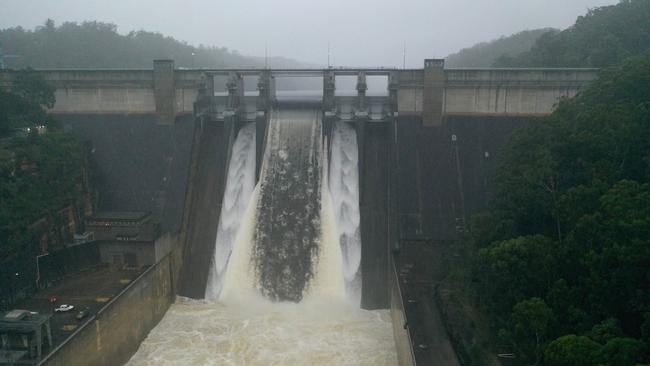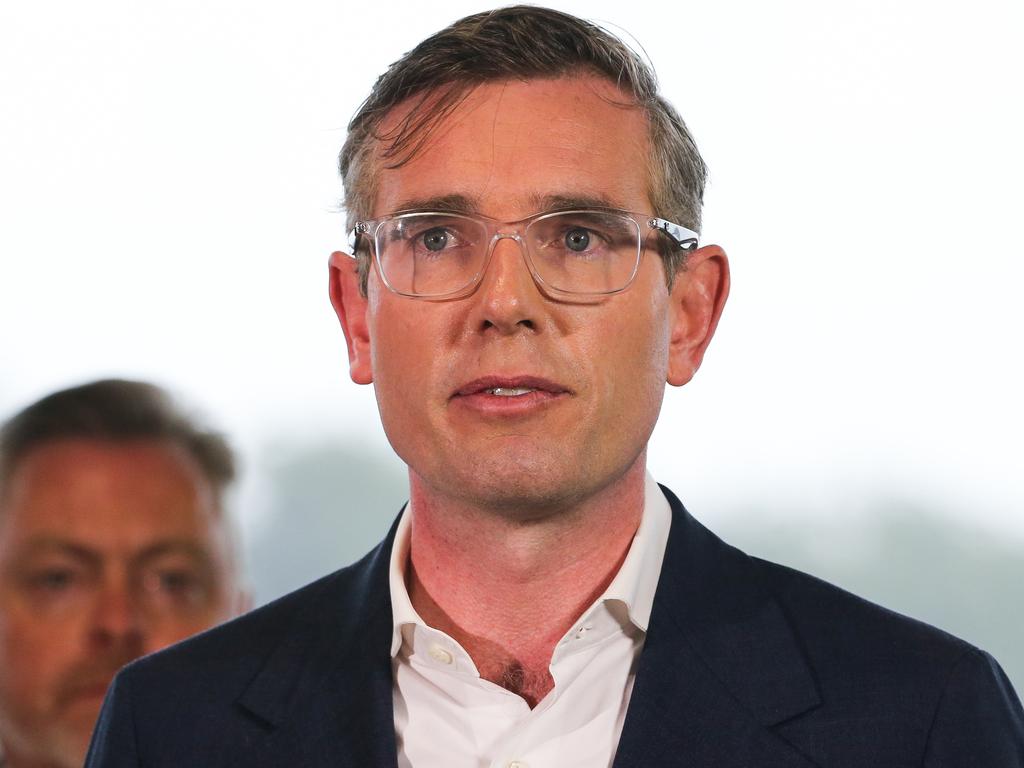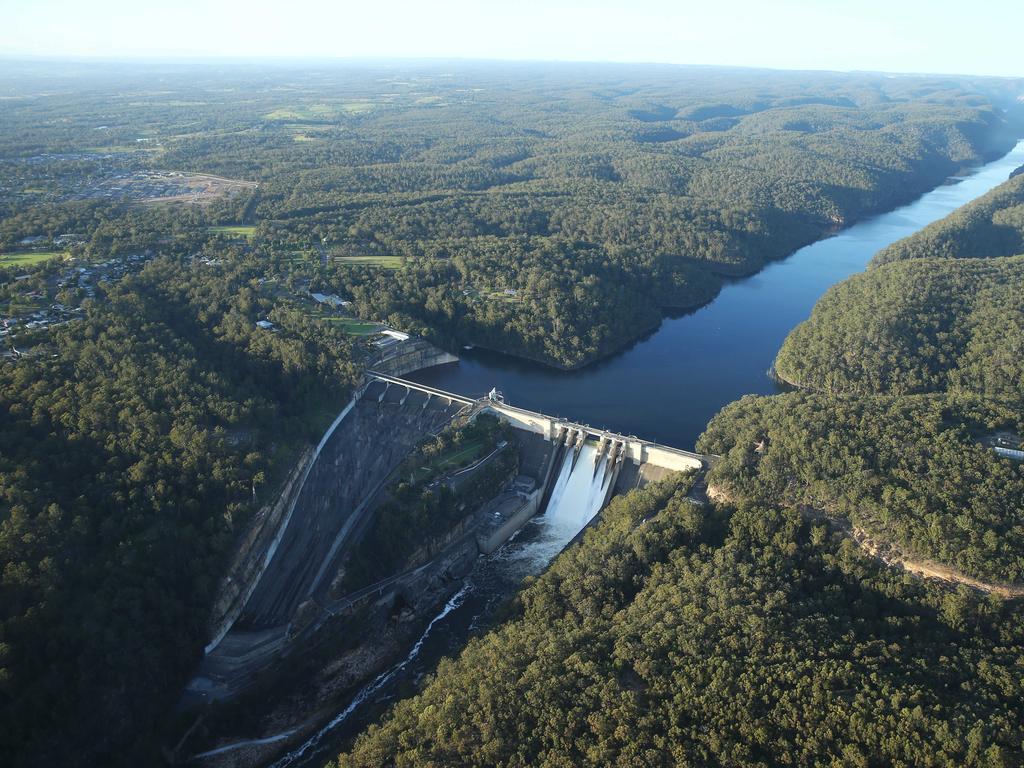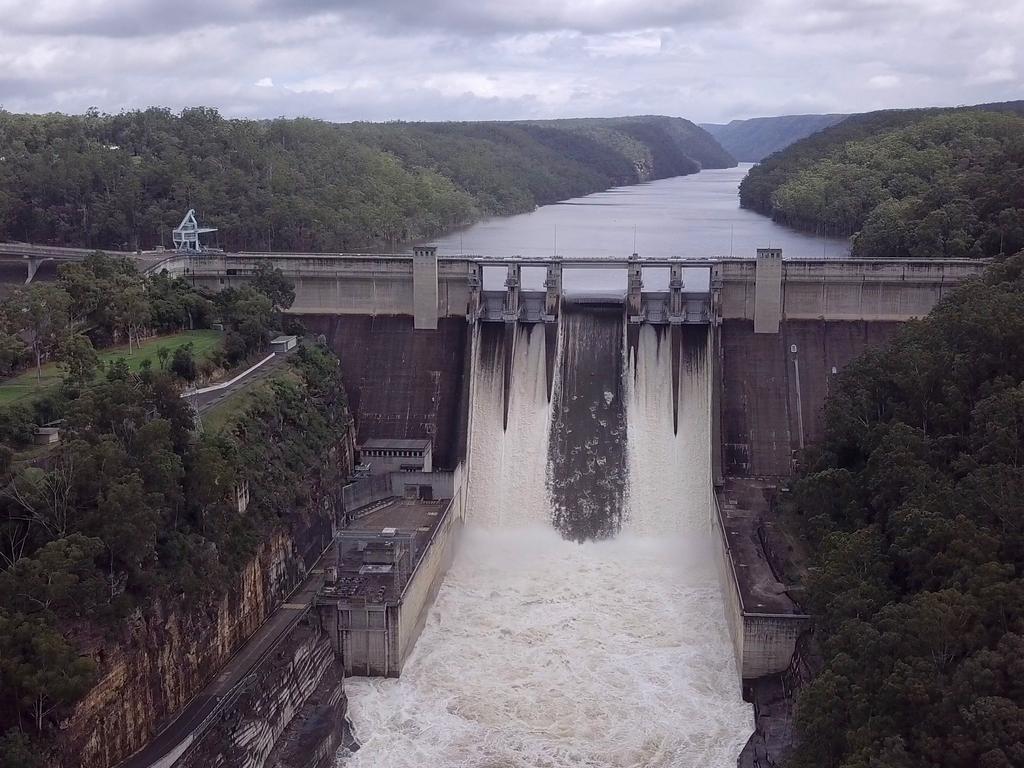Indigenous hackles raised over Warragamba Dam wall report
A preferred infrastructure report has given the green light for the Warragamba Dam wall raising to go ahead, but the project is facing scathing criticism from traditional owners.

A preferred infrastructure report has given the green light for the Warragamba Dam wall raising to go ahead, but the project is facing scathing criticism from traditional owners, who say WaterNSW has not allayed any of their concerns.
The 871-page preferred infrastructure report, released on Monday, provided justification for the proposed 14m wall extension in Sydney’s west, noting the impact of successive floods in the Hawkesbury-Nepean Valley over the past two years.
The decades-long proposal to raise the dam wall has met fierce resistance from environmentalists, Indigenous groups and local councils, who argue the project doesn’t stack up and is outweighed by the likely damage to the World Heritage-listed area and culturally significant sites.
The WaterNSW report reiterated previous estimates that the extension would materially reduce the extent of flooding events, and projected flood damage would “typically” be reduced by 74 to 80 per cent for floods up to the one-in-200-year level. Evacuation routes would equally experience less flooding, with the report claiming the extension would keep critical roadway infrastructure such as Windsor Bridge open for an additional 18 hours in the event of a one-in-100-year flood.
The principal impact of the wall raising, the report stated, was that it had the “potential to diminish other environmental values in the upstream area”, while highly significant sites “may experience more substantial impacts”.
An environmental impact statement, released in September last year, was met with a torrent of public and departmental criticism, with accusations the state government had downplayed the environmental impacts.
But fears about the potential destruction of culturally significant Indigenous sites have not been resolved, according to Gundungurra traditional owner Kazan Brown, who labelled the report “tokenistic bullshit”, saying her concerns had fallen on deaf ears.
“I’ve opened this (the WaterNSW report) up and on the second page there’s an acknowledgement of Country and it talks about ongoing connection and commitment to the water and lands which we operate,” said Ms Brown. “This is such hypocritical bullshit; it makes my head spin. They won’t even let us on Country … I gave them a rock art study and they ignored it. They have not listened to us at all.”
As part of the requirement to qualify as ecologically sustainable development, the report claimed the project’s initial environmental impact statement may have been “overly conservative”, overstating some of the assumed impacts, such as the damage to the environment situated upstream from the dam.
The wall raising would be in line with the other three principles of ESD, providing intergenerational equality through the protection of downstream communities
The controversial project to raise the dam wall has become a pivotal issue ahead of the March state election, with Premier Dominic Perrottet declaring it critical state infrastructure, and vowing to proceed without financial support from the Albanese government.
With NSW Labor leader Chris Minns spelling out his opposition, it could be pivotal in western Sydney, where a number of marginal seats could decide government.
Opposition water spokeswoman Rose Jackson said the report demonstrated the government was continuing to ignore alternative options and “disregard serious concerns” raised during the EIS process. “Raising the dam wall will not prevent flooding in western Sydney, it is an incredibly expensive solution that won’t fix the problem – not to mention the impacts on the World Heritage-listed Blue Mountains National Park and Aboriginal heritage,” she said.







To join the conversation, please log in. Don't have an account? Register
Join the conversation, you are commenting as Logout